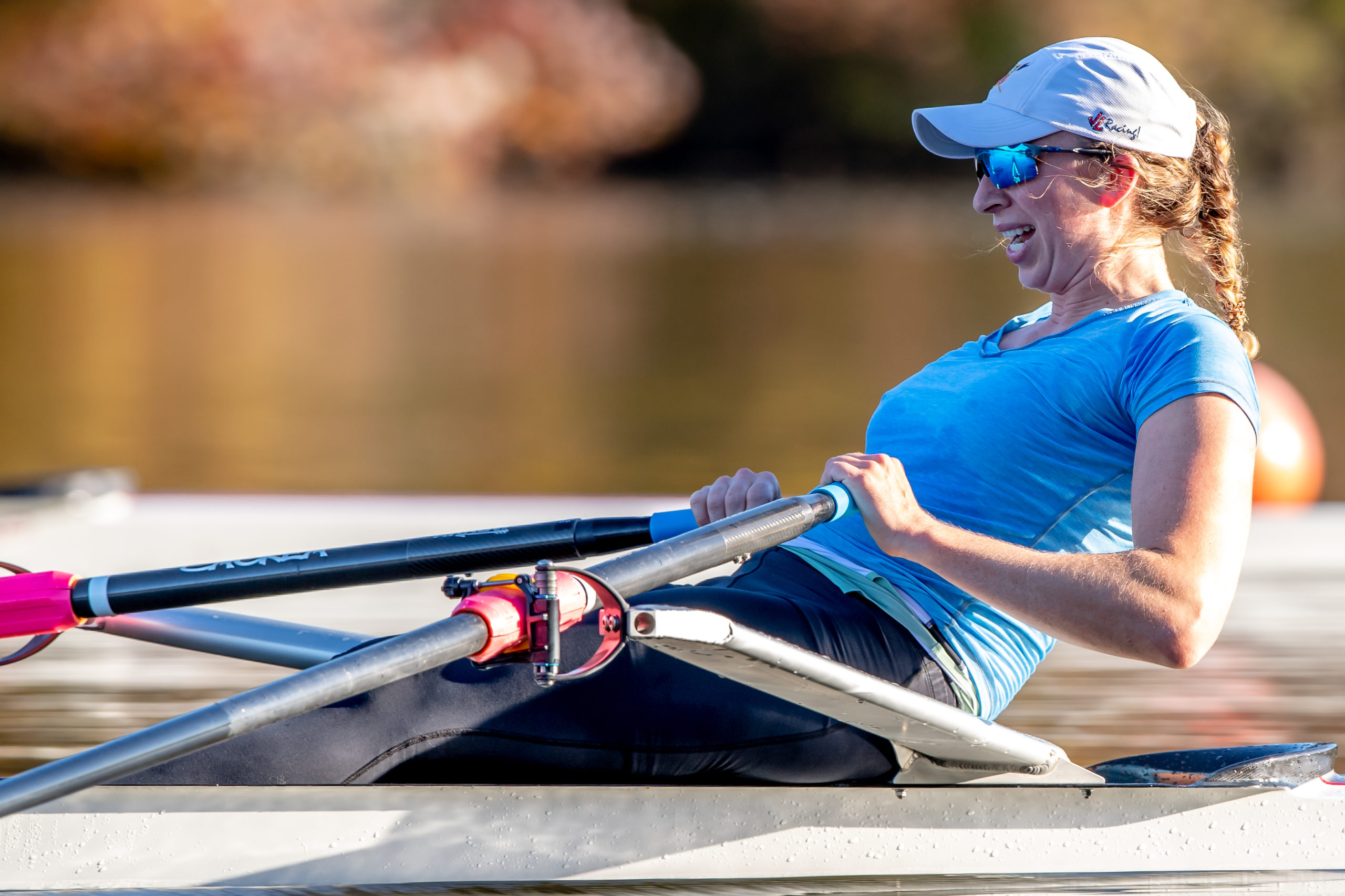BY RICH DAVIS
PHOTO BY ED MORAN
To continue reading…
This article is exclusively for Rowing News subscribers. For as little as $5 a month, you can get access to the best quality, independent reporting on all the issues that matter to the North American rowing community.
Already a subscriber? Login
Many coaches use the term “release” to ensure their rowers understand that the stroke cycle doesn’t stop when the blades are extracted from the water, and to reinforce that the extraction is critical to the run of the boat.
For many, the release is the most important part of the entire rowing movement. Let’s start at the catch to see how the movements in the boat result in boat speed. When the blades grip the water, the legs push, and the lower back and the arms pry the oar through the water.
As the legs drive down, the back swings up and the arms pull the handle toward the chest, keeping the blades at the right depth in the water. Now come the movements that release proponents see as crucial to keeping the boat running fast.
As the hands approach the chest, the back leans into the layback position, the hands move toward the bottom of the rib cage, the draw of the hands lessens, and the hands move down to lift the blade cleanly out of the water with a roll of the wrists to feather.
The drop of the hands and feathering are simultaneous. With the blades out of the water, the drive of legs, back, and arms surges the boat forward at its greatest speed. If the oars are not released cleanly, the run of the boat is interrupted.

